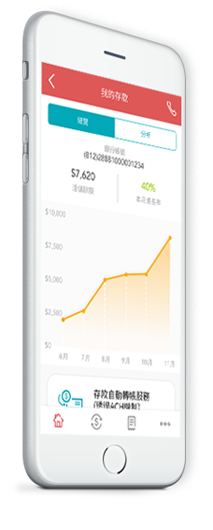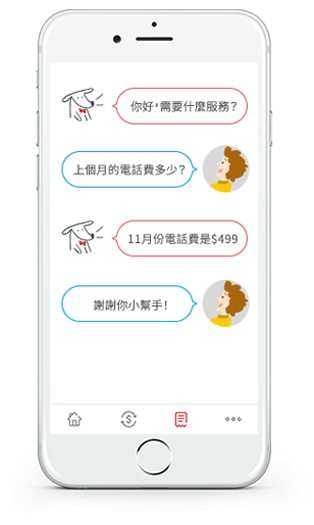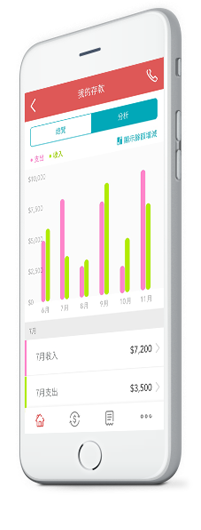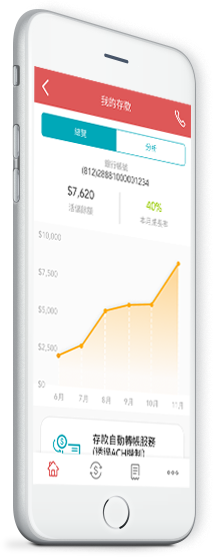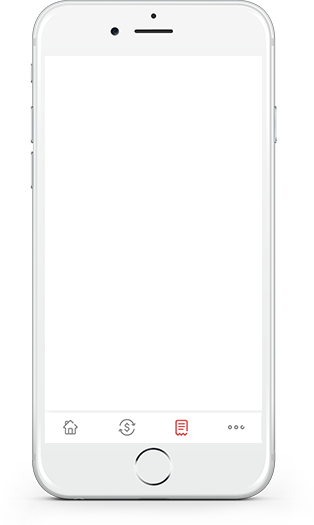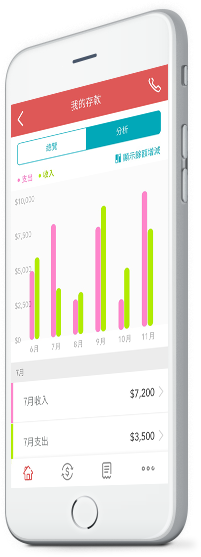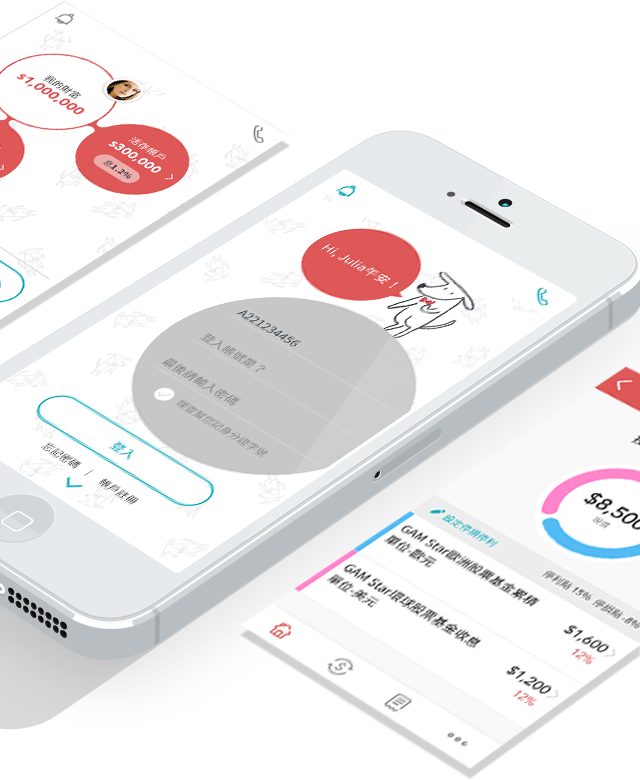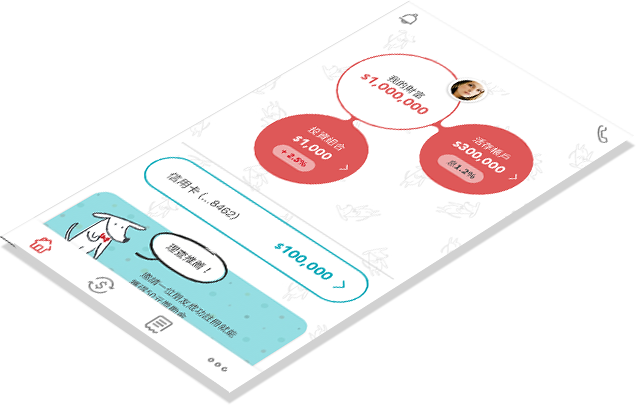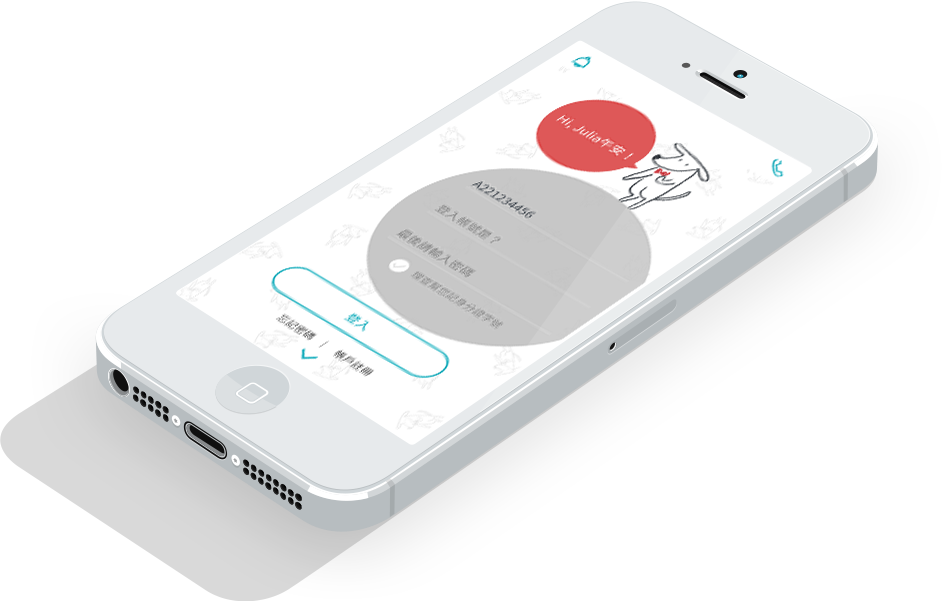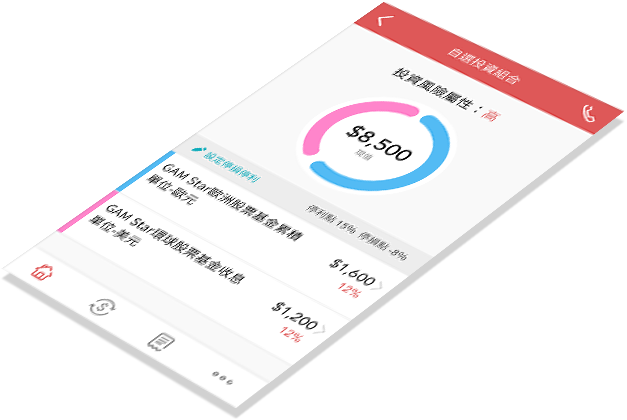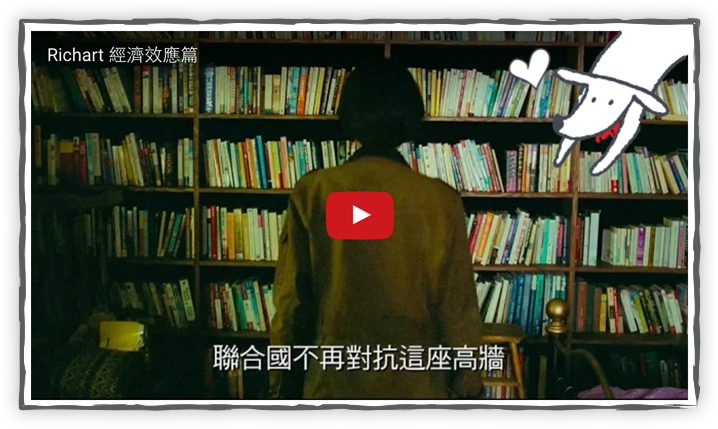Revolution
Richart, a digital bank that seeks to revolutionize the traditions
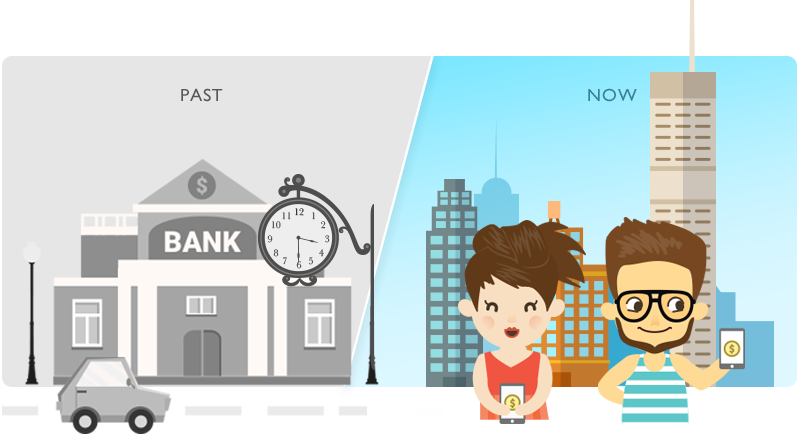
The new generation is used to life with the mobile phone, but is increasingly indifferent towards the banks. As mobile life becomes more convenient, and experiences becomes richer by the day, most conventional banks are unable to keep up with times with their complex, cumbersome and old ways. This is what prompted Richart to attempt to break down the two century-old wall of traditions, which before this, had remained almost unshakable. Richart chooses to stand by the young people, to shed the aloof image of conventional banks, and to revolutionize and create a new future with digital banks. To ensure continuous innovation, this project uses the SCRUM expedited development approach. Working hand in hand, Richart and AJA revolutionized the Richart experience through a user-oriented design approach.
Yes, we are arguing everyday
The AJA-Richart SRUM development team has a partner-like close relationship



What is interesting with this SCRUM team is that every member comes from different backgrounds. Which means, there could be a wide range of opinions on a single matter. The role of AJA is to ensure objectivity in the team, to integrate commercial requirements, and to generate more discussions and in increasing intensities. Thinking back, the most heated argument took place while discussing the investment feature. The initial business strategy was to make investments simpler and faster, and to enable the investments to be completed in the shortest number of steps. However, from the point of view of the users, we discovered that the lack of interest on investments on the part of the users is unrelated to the process being too cumbersome. The real reason was:
- A lot of time had to be put into research, and yet the eventual profits may not be large enough to merit the work;
- Users also didn’t know why they needed to invest; without a motive and objective, they are perfectly fine with not investing at all;
- Users did not trust the bank and were under the impression that there must be many traps cleverly disguised in the information from the bank to ensnare investors and help the banks make money from them.
Based on these points of views from the users, the team engaged in many discussions and generated many new design concepts. The 10-dollar investment is one such idea. The inertia against investment is lowered by appealing to the “no harm doing a small investment” logic. As the amount invested is small, and information is transparent, the investors are able to make immediate decisions without needing to spend more time doing background research. Through these exchanges, trust can be built, and profits superior to that from fixed deposits can be derived. A fresh point of view from the users is a one that can naturally catalyze innovation.

Design is not difficult, the biggest challenge is communication
Everyone has a different point of view. The challenge that the designer faces is to integrate all perspectives quickly and to embark from a new perspective
Communication within the SCRUM team is intense, parallel and transparent. AJA’s biggest challenge was to achieve bidirectional exchanges of information, needs, and problems, and to create a design within all restrictions. For example, while designing the “Unrestricted Transfer” fund transfer function, in terms of business strategy, we wanted to provide the users with the most comprehensive function; but from the point of view of the users, all he/she wants is preferably a simple and effective function without complex operations. To the users, regardless of the kind of fund transfer or fund payment involved, it is merely a matter of paying the money to who. This is how we came up with the concept of the “Magic box”, in which a long list of processes is simplified into two columns, namely the money, and who to give it to. In this “Magic box”, all the users need to do is to provide the name, telephone number, email, and even scanned images of the recipient, and money can be sent to the recipient. We pondered over this for a long time. When this ultra-simple concept is proposed, everyone clapped in appreciation! From the perspective of the users, the problem is even simpler.
Designing does not have a fixed finishing line,
but rather, one that is always moving forward
With a great function, we still needed to create a great journey
Conventional banks values competitive financial products, the focus is on the product itself. But we know this is not enough. The future bank is not a physical place. Rather, all financial transactions shall happen on the mobile phone. What we are more concerned about is a complete usage journey. Unlike a physical bank, where there’ll be a friendly staff who will patiently help the customers with all their queries, in the digital era, if the operation on the mobile phone is difficult, the user will lose patience and leave immediately. Hence, we need to ensure that each detail is well thought through and forms a continuous chain of operations that can lead the users smoothly to the crux of the service. For example, when the user starts the process, the original plan was to display promotions in eye-catching figures as with usual DM. However, from the perspective of the users: many people will skip the introduction for initial use as they can’t wait to find out what the App has to offer. If you fail to capture the users’ interest from the start, it will reduce their willingness to register, and they will then miss out on other exciting products. Hence, we spent a long time thinking about how best to get the users curious and interested in finding more about what Richart. We finally decided on a storytelling approach to introduce the users to these 3 figures. Through pictures, a good storyline and carefully drafted dialogs between the characters, we got users to understand what Richart is, and how it can potentially impact their lives through its revolutionary approach. The saddest thing for a designer is having a great idea that nobody knows.
Empowering the design
Not only does AJA provide the users’ perspectives and coordinate design efforts, it also transforms ideas into details and puts them into action
During the course of this project, AJA has been providing fresh perspectives from the point of view of the users, and these sparked off more discussions, the formulation of new strategies and innovation. It was good opportunity to work with a strong team. We understand that the real challenge will only begin when the product is launched. We would then need to respond almost immediately to the users’ needs, provide more innovative and new designs, and keep pace with the young generation. Accept the challenge of innovation, and change the world through your design. Are you ready?


















